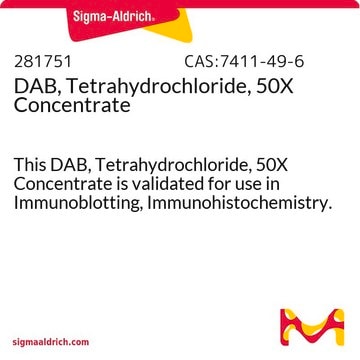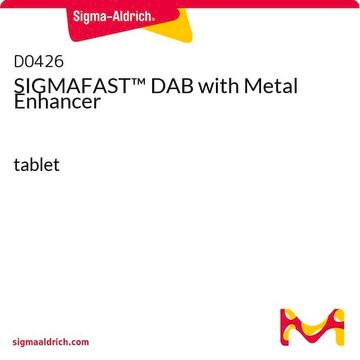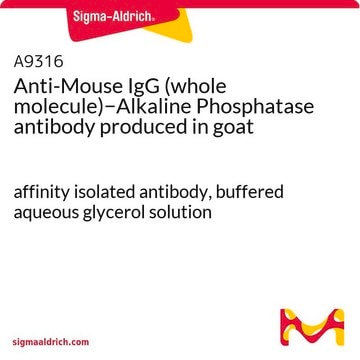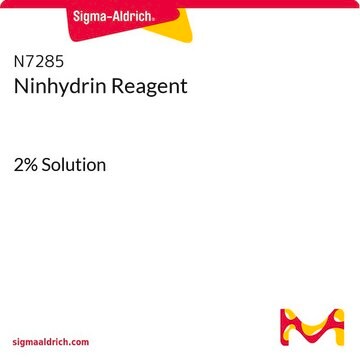D7679
3,3′-Diaminobenzidine (DAB) Liquid Substrate Dropper System
liquid
About This Item
Produits recommandés
Forme
liquid
Technique(s)
immunoblotting: suitable
Solubilité
water: soluble
Conditions d'expédition
wet ice
Température de stockage
2-8°C
Chaîne SMILES
Cl.Cl.Cl.Cl.Nc1ccc(cc1N)-c2ccc(N)c(N)c2
InChI
1S/C12H14N4.4ClH/c13-9-3-1-7(5-11(9)15)8-2-4-10(14)12(16)6-8;;;;/h1-6H,13-16H2;4*1H
Clé InChI
KJDSORYAHBAGPP-UHFFFAOYSA-N
Description générale
Application
Attention
Quantité
Composants de kit seuls
- 10× DAB Liquid Chromogen 10 mL
- premeasured, ready-to-use buffer/peroxide solution for individual application 10 x 9
Mention d'avertissement
Danger
Mentions de danger
Conseils de prudence
Classification des risques
Acute Tox. 4 Oral - Carc. 1B - Eye Irrit. 2 - Muta. 2
Code de la classe de stockage
6.1C - Combustible acute toxic Cat.3 / toxic compounds or compounds which causing chronic effects
Classe de danger pour l'eau (WGK)
WGK 3
Certificats d'analyse (COA)
Recherchez un Certificats d'analyse (COA) en saisissant le numéro de lot du produit. Les numéros de lot figurent sur l'étiquette du produit après les mots "Lot" ou "Batch".
Déjà en possession de ce produit ?
Retrouvez la documentation relative aux produits que vous avez récemment achetés dans la Bibliothèque de documents.
Les clients ont également consulté
Notre équipe de scientifiques dispose d'une expérience dans tous les secteurs de la recherche, notamment en sciences de la vie, science des matériaux, synthèse chimique, chromatographie, analyse et dans de nombreux autres domaines..
Contacter notre Service technique










